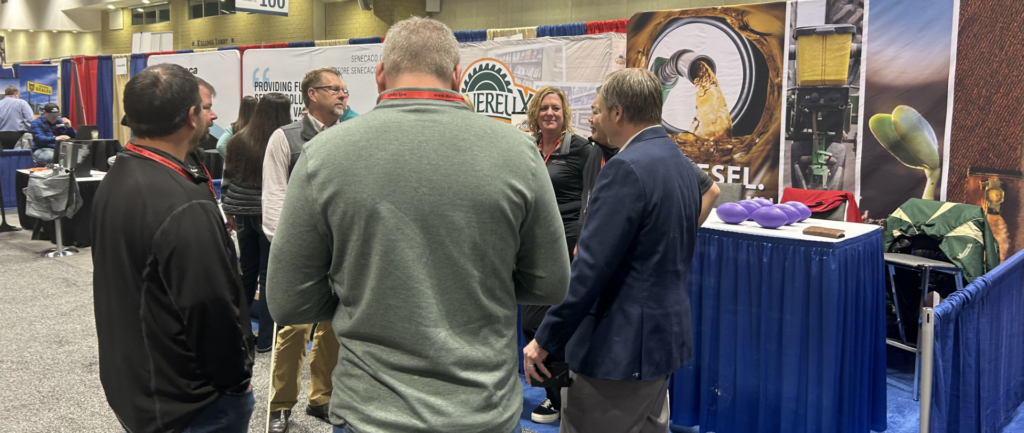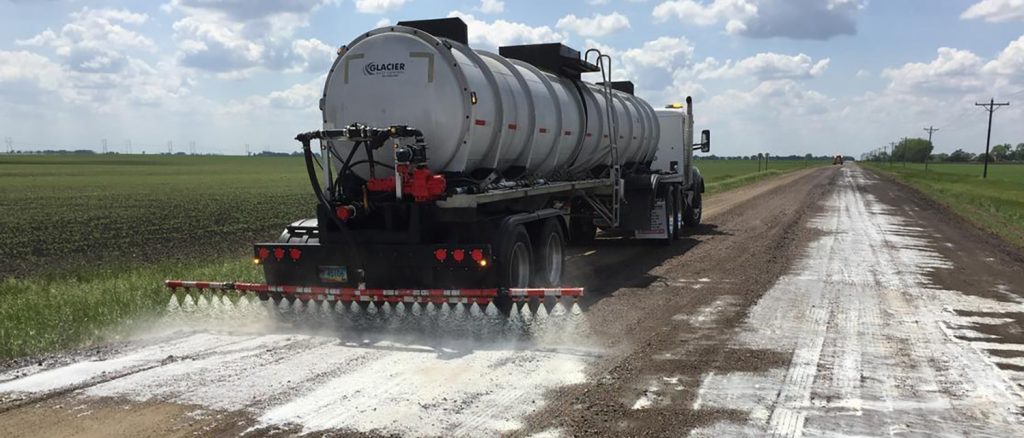To ensure continued and reliable delivery of U.S. soy exports to customers around the world, the Minnesota Soybean Research & Promotion Council has invested checkoff resources into funding pre-engineering and design work to enhance and maintain Lock and Dam #25 on the Upper Mississippi River — a U.S. infrastructure asset critical for efficient barge traffic.
“It is necessary that we forge ahead to improve our locks and dams,” said MSR&PC Chair Joe Serbus, who represents the Council on the Soy Transportation Coalition (STC). “We want to correct what needs fixing and look toward the future.”
MSR&PC contributed $25,000 toward the project, joining the United Soybean Board, the STC, Illinois Soybean Association, Iowa Soybean Association, Missouri Soybean Merchandising Council and Iowa Corn Promotion Board in committing $1 million to offset pre-engineering and design work expenses required to move the project forward. A new video from USB explains the cooperative effort.
“It’s vital that our supply chain remain strong and reliable so we can continue to market our products and provide the most sustainable, reliable nutrient source for our customers,” said Meagan Kaiser, USB farmer-leader and soybean farmer from Missouri. “Soybean farmers understand this, which is why the checkoff is working to modernize U.S. infrastructure and return value back to the farm.”
If approved for federal funding, the project would be the first under the Navigation and Ecosystem Sustainability Program (NESP). NESP is a long-term program, authorized by Congress, to improve and restore the Upper Mississippi River System. Primary opportunities of improvement include reducing commercial traffic delays while restoring, protecting and enhancing the environment.
Lock and Dam #25 is one of seven existing locks specified by NESP for improvements. These existing locks, constructed in the 1930s, experience significant delays due to the single 600-foot lock chambers that raise and lower vessels moving from one water level to another. The 600-foot chambers require 1,200-foot barges to be disconnected and double-locked, significantly slowing delivery of U.S. grain commodities.
“This is an important step for our industry, because one of the biggest advantages we have is our waterway system,” said Council and USB Director Gene Stoel, who also sits on the STC. “When you look at barge movement, it’s far cheaper to send it down and if we don’t improve our infrastructure, we lose our cost advantage over our competitors.”
Infrastructure upkeep
According to a report prepared for the United States Department of Agriculture (USDA) Agricultural Marketing Service, Lock & Dam #25 accommodates 200 million bushels of soybeans annually. The Waterways Council, Inc. states an outage at this facility would cost nearly $1.6 billion and increase the number of truck traffic trips by more than 500,000 annually. Additionally, a 2016 economic impact analysis by the USDA demonstrated this lock and dam’s importance — predicting that even just a three-month shut down (Sept.-Nov.) would result in aggregate economic activity related to grain barge transportation declining by $933 million.
“Agricultural products comprise 70% of what we move through this part of the Mississippi River, so it’s significant to U.S. farmers and international customers that rely on this infrastructure to have our transportation corridor functioning,” said Andy Schimpf, navigation business line manager, U.S. Army Corps of Engineers. “Barge transport via the lock and dam system provides the most economical, efficient and sustainable method of shipping U.S. soybeans and other goods.”
Lock and Dam #25 isn’t the first critical infrastructure project taken on by the soy checkoff. In 2019, the checkoff invested in research, analysis and design to initiate dredging of the lower Mississippi River. That initial funding helped open the door to a $245 million investment from the federal government and the state of Louisiana to dredge the area from 45 to 50 feet. Once complete, the project is estimated to create an additional $461 million value opportunity for U.S. soybean farmers.
“Investments should never be regarded as a one-time activity,” said Mike Steenhoek, executive director of the STC. “They must be perpetual. Infrastructure investments that soybean farmers have made in the past have positioned us for future success. We want to continue that level of investment, so U.S. soybean farmers and their consumers continue to benefit.”
To learn more about checkoff investments made on behalf of Minnesota’s nearly 28,000 soybean farmers, sign up for the Council’s free, award-winning e-newsletter, Minneline, at mnsoybean.org/msrpc/.
“It’s a thin margin for error,” Stoel said, “but if we can figure out how to get our products through the ports, we’re going to be in good shape.”







